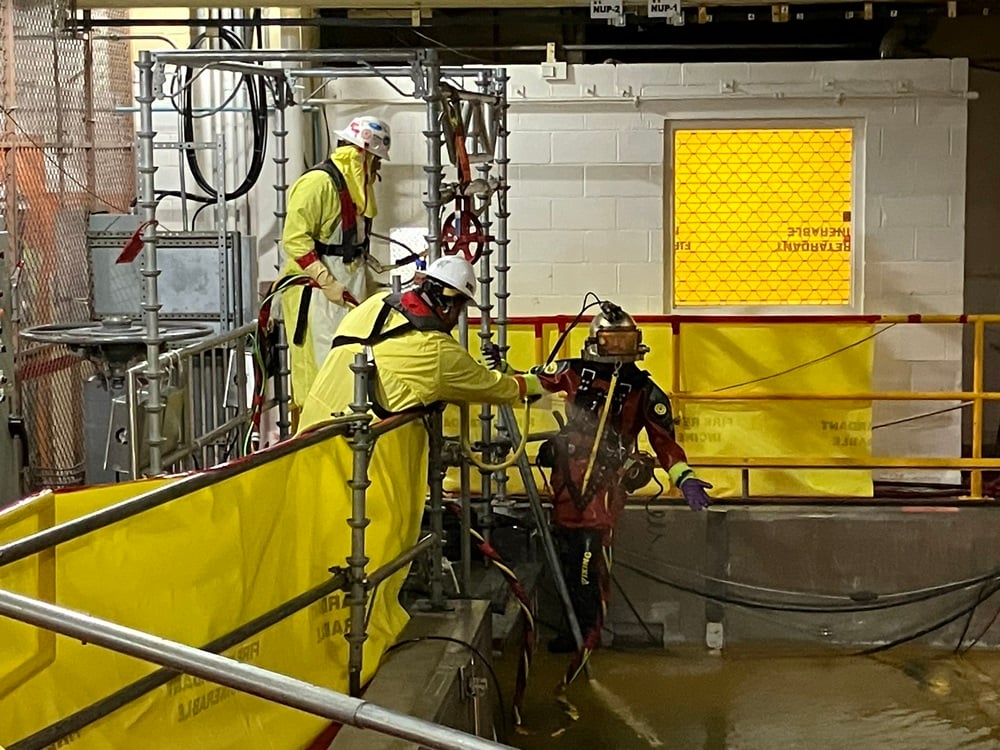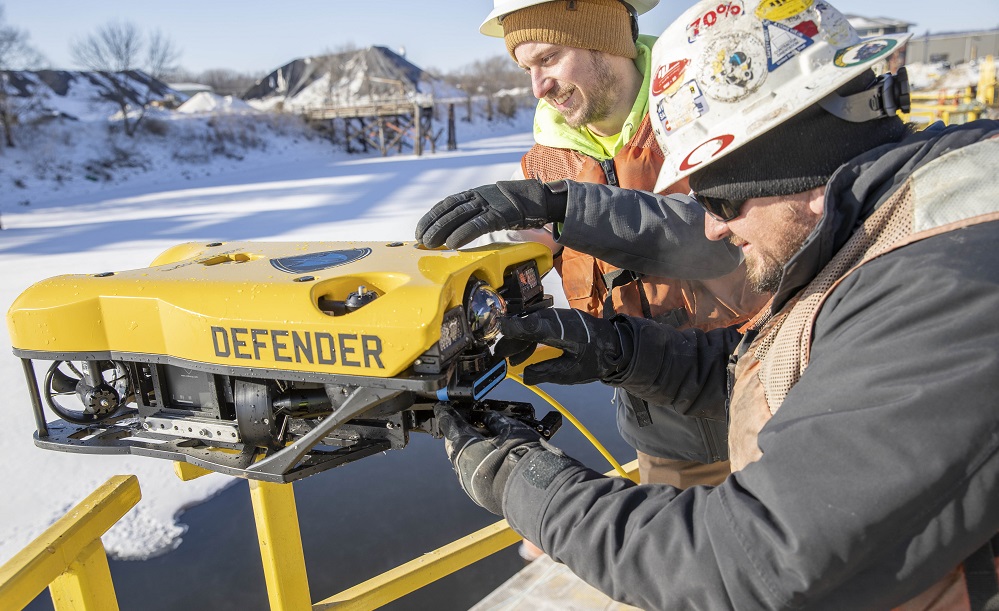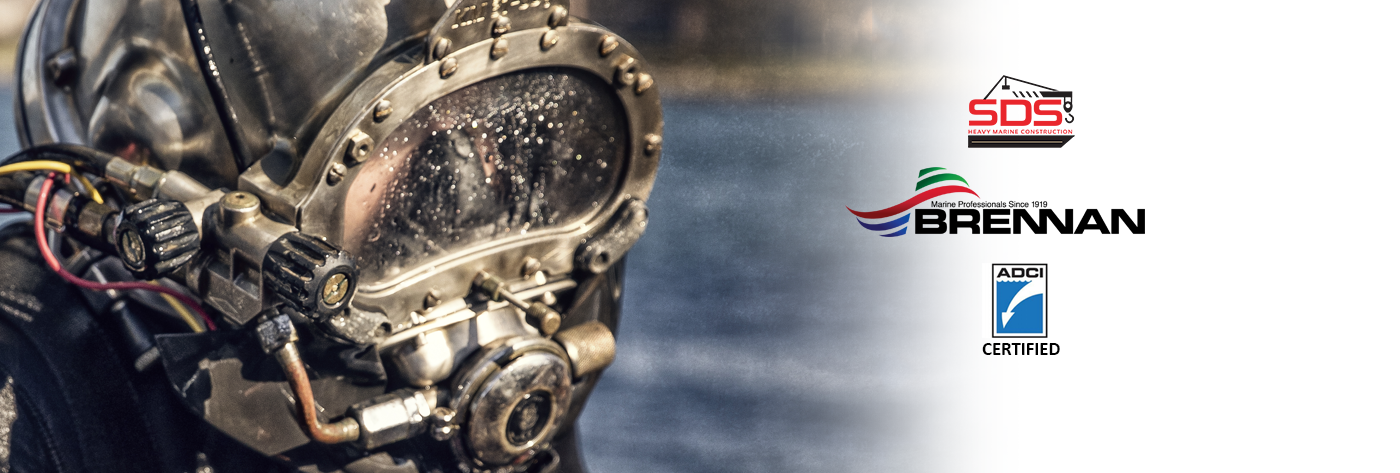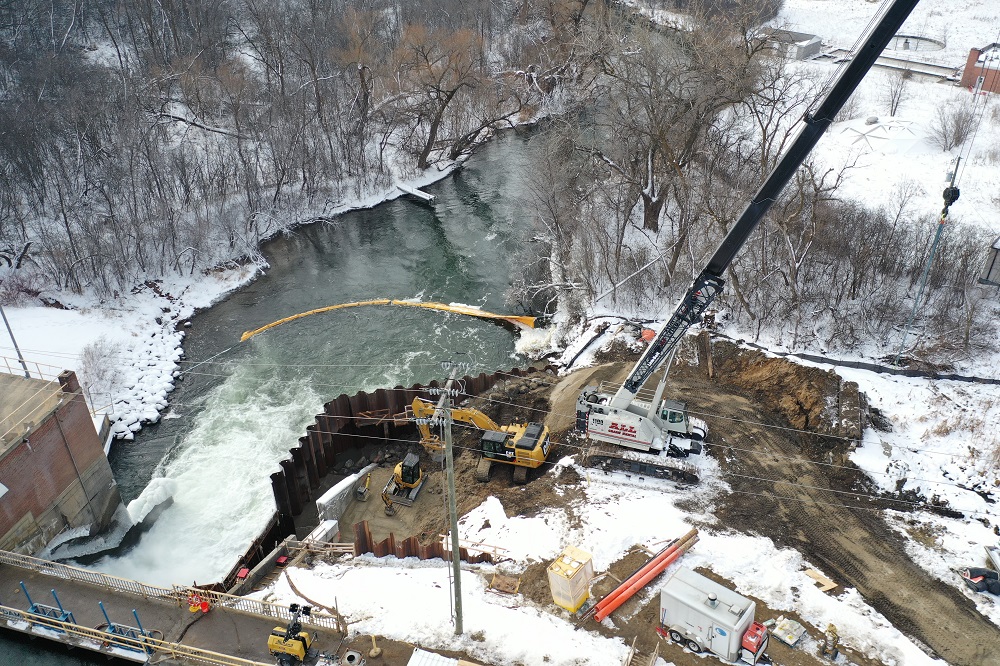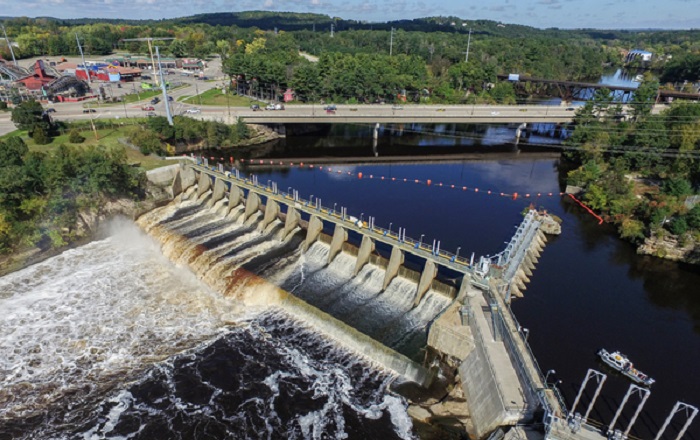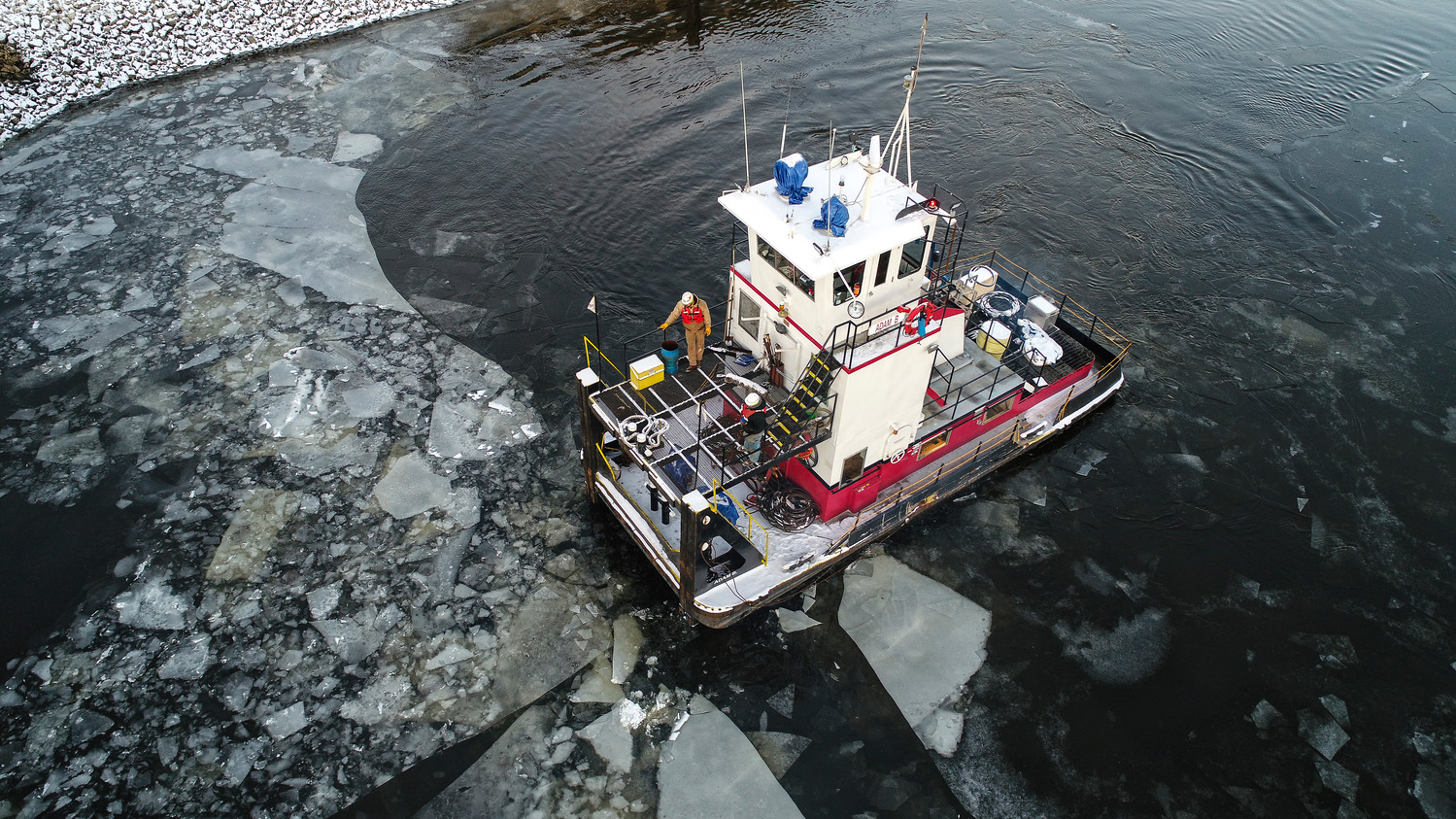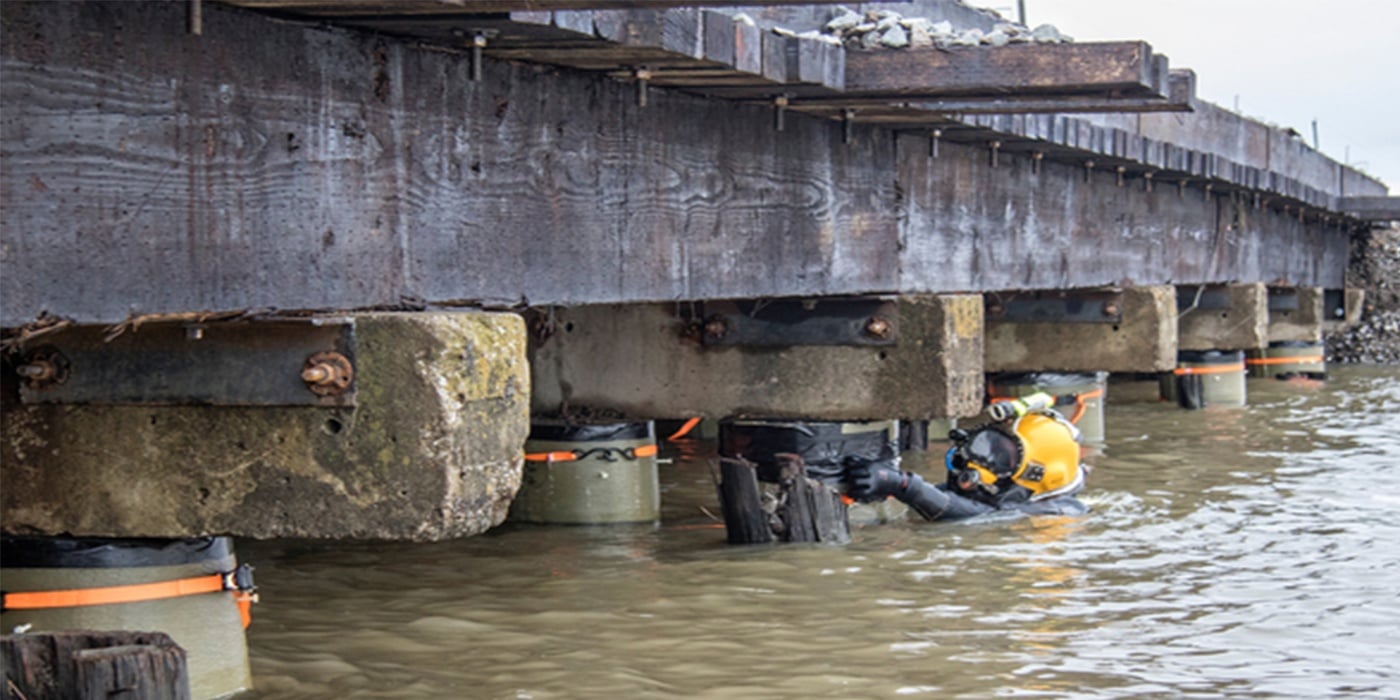Nuclear diving demands unwavering safety measures. Every action, from meticulous planning to employing advanced technology, prioritizes the divers' well-being. While water offers a natural shield against radiation, divers operate in a realm where the invisible poses the greatest threat. Dive deeper with us as we answer questions about the intricacies of nuclear diving, where safety protocols are paramount both in and outside the water.
- Environmental
- Marine Construction
- Dam Construction
- Harbor Management
- Railroad

